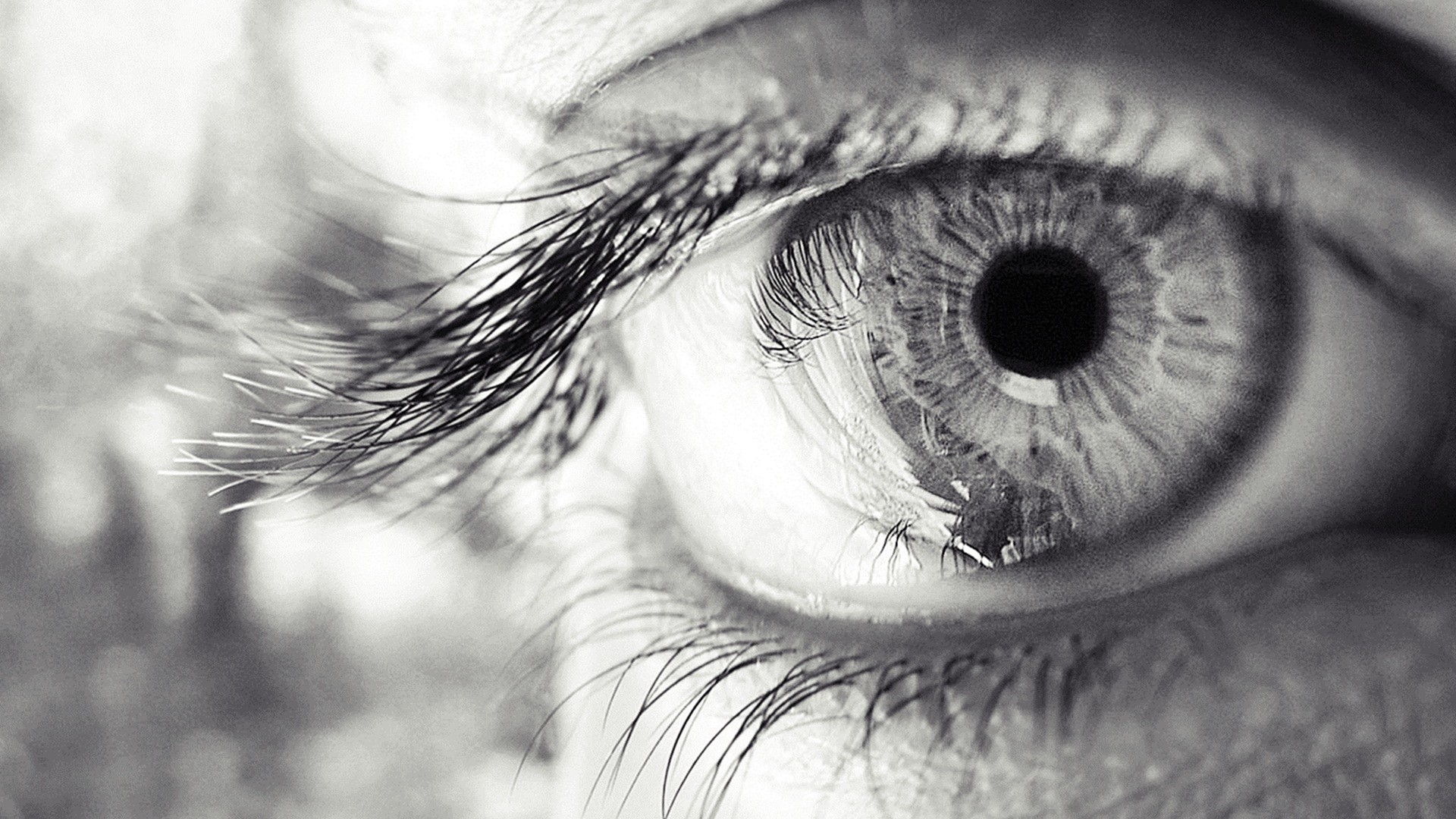Ophthalmology, the branch of medicine dedicated to the study and treatment of eye disorders, unveils a world of marvels that lie within the intricate structure of our eyes. The eyes serve as our windows to the world, allowing us to perceive the beauty, colors, and wonders that surround us. In this article, we will delve into the fascinating field of ophthalmology, exploring the importance of regular check-ups, such as diabetic eye screenings, the impact of retinopathy, and the menace of glaucoma. Prepare to be amazed as we unravel the mysteries and breakthroughs in the realm of eye health, and discover how ophthalmology has revolutionized our understanding and treatment of various eye conditions.

Understanding Diabetic Eye Screening
Diabetic eye screening plays a crucial role in detecting and preventing eye conditions associated with diabetes. Diabetes can have adverse effects on the eyes, especially if left unmanaged. Regular screening can help detect problems early, leading to timely interventions and better outcomes for patients. In this section, we will explore the importance of diabetic eye screening and its significance in preventing complications related to retinopathy and glaucoma.
Diabetic eye screening focuses on evaluating the health of the eyes in individuals with diabetes. The screening process involves examining the retina, which is the part of the eye that is responsible for capturing images and sending them to the brain. By examining the retina, ophthalmologists can identify any changes or abnormalities associated with diabetic retinopathy, a condition that affects blood vessels in the eye.
Retinopathy is a common complication of diabetes and can lead to vision impairment or even blindness if not managed effectively. Diabetic eye screening helps in the early detection of retinopathy, enabling prompt treatment and intervention to prevent further damage. It involves using specialised imaging techniques to capture detailed images of the retina, allowing ophthalmologists to assess the condition of blood vessels and identify any signs of retinopathy.
Glaucoma is another condition that can occur in individuals with diabetes. It is a group of eye diseases that damage the optic nerve, often associated with increased pressure within the eye. Diabetic eye screening also helps in identifying early signs of glaucoma, allowing for timely intervention to prevent vision loss.
Overall, diabetic eye screening is crucial for individuals with diabetes to ensure early detection and management of eye complications. By undergoing regular screenings, individuals can take proactive steps to preserve their vision and prevent potential complications. Ophthalmologists play a vital role in performing these screenings and guiding patients in maintaining their eye health.
Exploring the Dangers of Retinopathy
Retinopathy, a common eye condition associated with diabetes, poses significant risks to one’s vision. This condition occurs when high levels of blood sugar damage the blood vessels in the retina, the light-sensitive tissue located at the back of the eye. As the damage progresses, the blood vessels may leak blood or fluid, leading to blurred vision and potentially causing vision loss.
One of the most concerning aspects of retinopathy is that it often develops without any noticeable symptoms in its early stages. Many individuals with diabetes may not be aware that they have retinopathy until their vision is already affected. Routine diabetic eye screening is crucial in detecting retinopathy early on, allowing for timely intervention and treatment.
Without appropriate management, retinopathy can lead to serious complications. In advanced stages, the damaged blood vessels may grow abnormally, forming scar tissue that can pull on the retina and lead to retinal detachment. This can cause severe vision loss or even blindness if left untreated.
Moreover, individuals with diabetes who also have retinopathy are at an increased risk of developing another eye condition called glaucoma. Glaucoma is characterized by the damage of the optic nerve, resulting in progressive vision loss. The coexistence of retinopathy and glaucoma can amplify the risks to one’s eye health, requiring comprehensive and diligent care to prevent further deterioration of vision.
In conclusion, understanding the dangers of retinopathy is essential for individuals with diabetes. Through regular diabetic eye screening and prompt treatment, the progression of retinopathy can be slowed or even halted, mitigating the risks of vision loss. Early detection is key, as it allows for timely interventions that can protect and preserve the precious gift of sight.
Unveiling the Mysteries of Glaucoma
Glaucoma is a prevalent eye condition that poses a significant threat to vision health. It is a leading cause of irreversible blindness worldwide. This progressive disease damages the optic nerve, which connects the eye to the brain, leading to a gradual loss of vision. The concerning aspect of glaucoma is that it often develops and progresses without any noticeable symptoms.
One of the main causes of glaucoma is increased pressure within the eye, known as intraocular pressure. This pressure can result from an imbalance between the production and drainage of the eye’s clear fluid, called aqueous humor. As this fluid builds up, it places undue pressure on the optic nerve, causing optic nerve damage over time.
Due to the stealthy nature of glaucoma, regular screenings and early detection are crucial in preventing further vision loss. Diabetic eye screenings can play a vital role in identifying and managing glaucoma, particularly in individuals with diabetes. These screenings not only help detect glaucoma but also detect other eye conditions such as retinopathy, which commonly coexist with glaucoma in diabetic patients.
In conclusion, understanding the mysteries of glaucoma is crucial for early detection and management. By undergoing regular eye screenings, such as diabetic eye screenings, individuals can ensure that potential signs of glaucoma are caught early, allowing for timely intervention and preservation of their precious vision. With advancements in ophthalmology, there is hope for better management and treatment of glaucoma, offering a brighter future for those affected by this sight-threatening condition.